This Photo of Buster Keaton
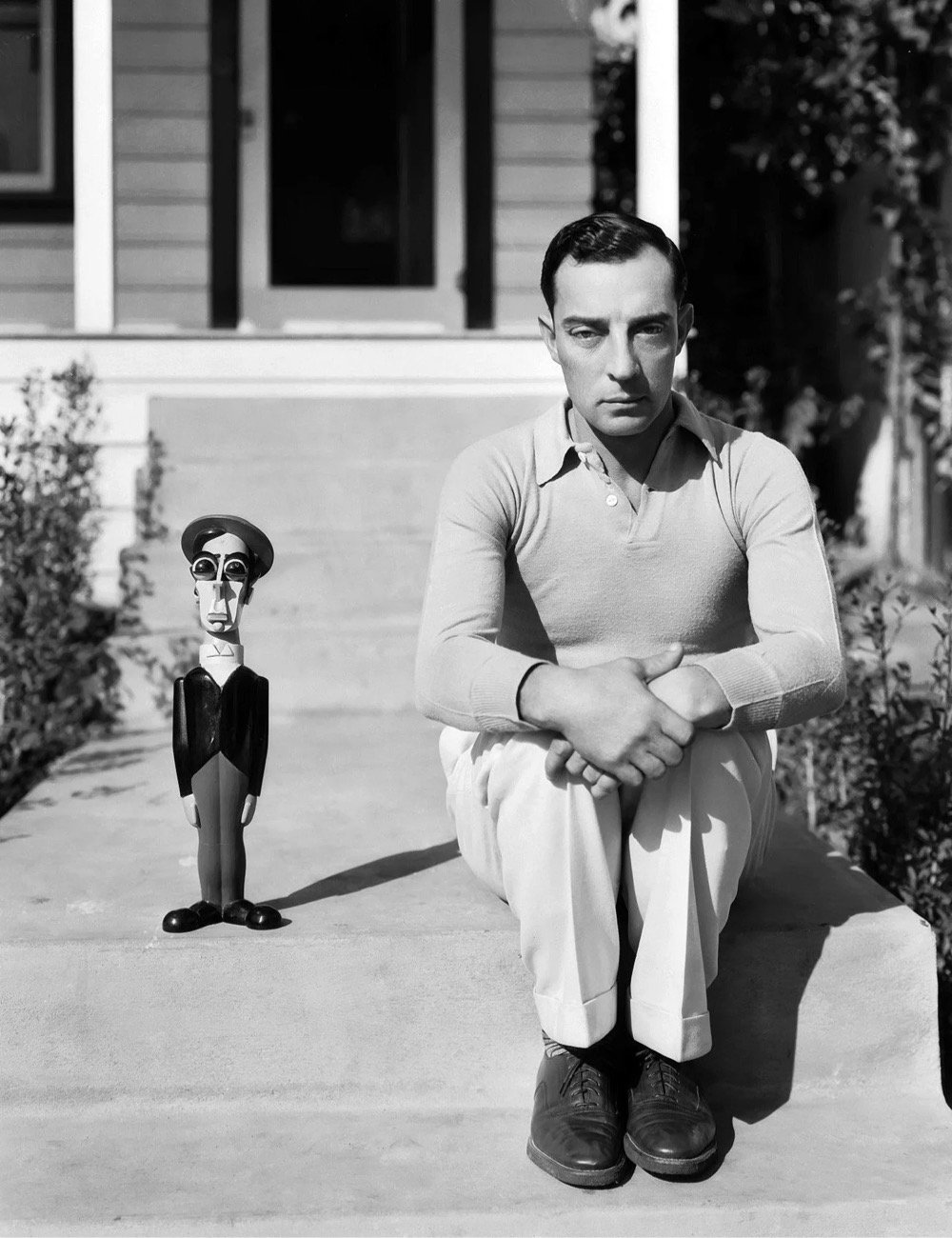
That’s it. That’s the post.



This site is made possible by member support. 💞
Big thanks to Arcustech for hosting the site and offering amazing tech support.
When you buy through links on kottke.org, I may earn an affiliate commission. Thanks for supporting the site!
kottke.org. home of fine hypertext products since 1998.
In 1965, long after his days making some of the most iconic and physically demanding silent films, pioneering physical comedian Buster Keaton made one last silent flick with the National Film Board of Canada.
This short film from director Gerald Potterton (Heavy Metal) stars Buster Keaton in one of the last films of his long career. As “the railrodder”, Keaton crosses Canada from east to west on a railway track speeder. True to Keaton’s genre, the film is full of sight gags as our protagonist putt-putts his way to British Columbia. Not a word is spoken throughout, and Keaton is as spry and ingenious at fetching laughs as he was in the old days of the silent slapsticks.
Buster Keaton Rides Again, a 55-minute documentary about the making of The Railrodders, might be even more interesting because you hear Keaton talking about his craft and career.
See also The Scribe, a film that was released the following year that was Keaton’s final starring role, Buster Keaton and the Art of the Gag, the small collection of posts about Keaton here at kottke.org, and this video of some of his most amazing stunts (with a voiceover of Keaton talking about his career):
(thx, marcus)
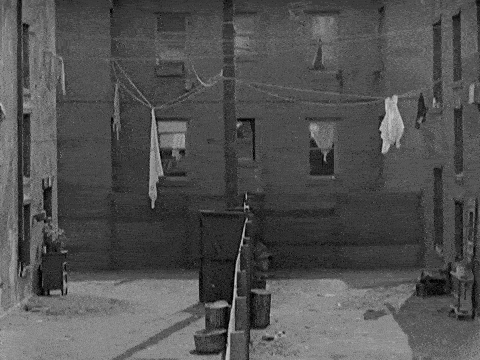
Buster Keaton: Anarchitect is a lovely piece of analysis by Will Jennings about how the legendary silent film actor used architectural space in his movies.
Keaton’s comedy derives largely from the positioning — and constant, unexpected repositioning — of his body in space, and in architectural space particularly. Unlike other slapstick performers who relished in the close-up and detailed attention to the protagonist, Keaton frequently directed the camera to film with a wide far-shot that could contain the whole of a building’s facade or urban span within the frame. Proud of always carrying out his own (often extremely dangerous) stunts, this enabled him to show the audience that his actions were performed in real-time — and real-place — rather than simply being tricks of the camera or editing process. It also allowed him to visually explore the many ways in which his body could engage with the urban form.
So I am something of a philosophy nerd, with a particular affection for late 19th/early 20th century European philosophers, who had a lamentable habit of either turning out to be Nazis or becoming victims of the Nazis. One important strand of this Nazi/Nazi-victim movement in European thought is phenomenology, which tried to describe in painful detail and using all-original categories what the experience of everyday life for both persons and things was like. As it happened, the experience of everyday life was in deep flux at this time, so a lot of their categories/arguments/distinctions turn out to actually capture that historical moment particularly well, which is not at all what they thought they were trying to do.
If you want to try out a light version of phenomenology, applied to both that historical moment and our own, you could do a lot worse than reading Dan Hill’s essay “Let There Be Light Switches: From Dark Living Rooms To Dark Ecology.” Hill takes something extremely ordinary—the experience of looking for, finding, and flipping a light switch—and finds the philosophy in it:
Pallasmaa, in his The Eyes of the Skin, noted that touch is a key part of remembering and understanding, that “tactile sense connects us with time and tradition: through impressions of touch we shake the hands of countless generations”. Is this reach for the switch merely functional, then? A light switch can stick around for decades, as with the doorhandle. When you touch the switch, you are subconsciously sensing the presence of others who have done so before you, and all those yet to do so. You are also directly touching infrastructure, the network of cables twisting out from our houses, from the writhing wires under our fingertips to the thicker fibres of cables, like limbs wrapped around each other, out into the countryside, into the National Grid.
If we always replace touch with voice activation, or simply by our presence entering a room, we are barely thinking or understanding, placing things out of mind. While data about those interactions exist, it is elsewhere, perceptible only to the eyes of the algorithm. We lose another element of our physicality, leaving no mark, literally. No sense of patina develops, except in invisible lines of code, datapoints feeding imperceptible learning systems of unknown provenance. As is often the case with unthinking smart systems, it is a highly individualising interface, revealing no trace of others.
This is… not easy to read. But there’s a lot going on here! I particularly like the invocation of Martin “I Was, Like, Extra-Nazi” Heidegger’s useful distinction between “zuhanden” (to-hand? at-hand?) and “vorhanden” (something like “present-at-hand”? Oh, German is impossible!) to describe categories of objects.
Or, hey; how about this: when it’s “zuhanden,” it’s a thing, and when it’s “vorhanden,” it’s an object.
Heidegger’s word for how light switches seem to peer out at you like minor characters in an Expressionist painting is vorhanden, which means present-at-hand. Normally things kind of disappear as you concentrate on your tasks. The light switch is just part of your daily routine, you flick it on, you want to boil the kettle for some coffee—you are stumbling around, in other words, stumbling around your kitchen in the early morning light of truthiness. (From Being Ecological, Timothy Morton)
That thing when things “disappear” is zuhanden; they just kind of melt into the environment, and so do you, just a being among beings, all working together. The ultimate expression of zuhanden is “flow,” which Heidegger and Csikszentmihalyi both ripped off from Tolstoy in Anna Karenina, with Levin mowing the hay with his peasants:
He thought of nothing, wished for nothing, but not to be left behind the peasants, and to do his work as well as possible. He heard nothing but the swish of scythes, and saw before him Tit’s upright figure mowing away, the crescent-shaped curve of the cut grass, the grass and flower heads slowly and rhythmically falling before the blade of his scythe, and ahead of him the end of the row, where would come the rest.
Suddenly, in the midst of his toil, without understanding what it was or whence it came, he felt a pleasant sensation of chill on his hot, moist shoulders. He glanced at the sky in the interval for whetting the scythes. A heavy, lowering storm cloud had blown up, and big raindrops were falling. Some of the peasants went to their coats and put them on; others—just like Levin himself—merely shrugged their shoulders, enjoying the pleasant coolness of it.
Another row, and yet another row, followed—long rows and short rows, with good grass and with poor grass. Levin lost all sense of time, and could not have told whether it was late or early now. A change began to come over his work, which gave him immense satisfaction. In the midst of his toil there were moments during which he forgot what he was doing, and it came all easy to him, and at those same moments his row was almost as smooth and well cut as Tit’s. But so soon as he recollected what he was doing, and began trying to do better, he was at once conscious of all the difficulty of his task, and the row was badly mown.
On finishing yet another row he would have gone back to the top of the meadow again to begin the next, but Tit stopped, and going up to the old man said something in a low voice to him. They both looked at the sun. “What are they talking about, and why doesn’t he go back?” thought Levin, not guessing that the peasants had been mowing no less than four hours without stopping, and it was time for their lunch.
“Lunch, sir,” said the old man.
So we’ve had light switches long enough that they pass into our ordinary, everyday zuhanden state (or its extraordinary flow variation), except when we stumble over them and have to think about them, like these newfangled smart lights and voice switches. This means these everyday things are becoming objects again, until we can incorporate them into a new paradigm.
The light switch when jetlagged is vorhanden — suddenly present-at-hand, “oppressively obvious” —where usually its everyday resilience means it is zuhanden, simply ready-at-hand, normalised, routine. When “stumbling around”, he notes that we don’t pay attention to the object itself — here, the irreducible thing that is the light switch —and so nor do we stand any chance of paying attention to the broader systems of living, of infrastructure, that it is connected to, and part of - and, for Morton, our understanding of mass extinction due to climate change. And given Pallasmaa’s fundamental emphasis on touch as understanding, in order to truly sense and interact, this deleterious situation is hardly likely to improve when the analogue light switch disappears, when the object becomes further detached, and so may we.
More prosaically, how dull rooms will become if they are always automatically bright upon entering, just as the over-lit streets of our towns are increasingly sanitised of their mystery. The cornerstone of most horror movies, vanished overnight. Fortunately, smart homes will not work any more effectively than smart cities do, and a different sub-genre of horror movies will emerge, domestic versions of Stephen King’s Christine or 2001’s HAL.
Maybe this is all thinking too hard about an ordinary experience that is changing, sure, but not in some fundamental way that changes our relationship to things as such. But at the same time, what if it’s not thinking too hard enough?
There isn’t much more basic to our experience of the world, in the 20th century or the 21st, than our use of artificial light to take back the night, transform our work and our play, indeed, change the fundamental nature of communication and experience itself. It’s worth marveling at the change of experience, the change in expectation that that was, precisely now when those experiences and expectations are on the verge of changing again, first by the thousands, and then by the millions.
How do we find the light? How do we see? What do we need to see? What do we know by doing? These are basic questions any philosophy of experience, and any technology of experience, has to answer. Well, our technology of experience is changing. Maybe our philosophy of experience needs to first go back before it can go forward to something new.
Illustrator Tom Stults imagines what the posters of popular movies would look like in an alternate universe…if they’d been made earlier or later or in a different setting. He’s done dozens of these…the latest “What If…” set is here with links you can follow to his past sets. I could caption these but they’re pretty self-explanatory.
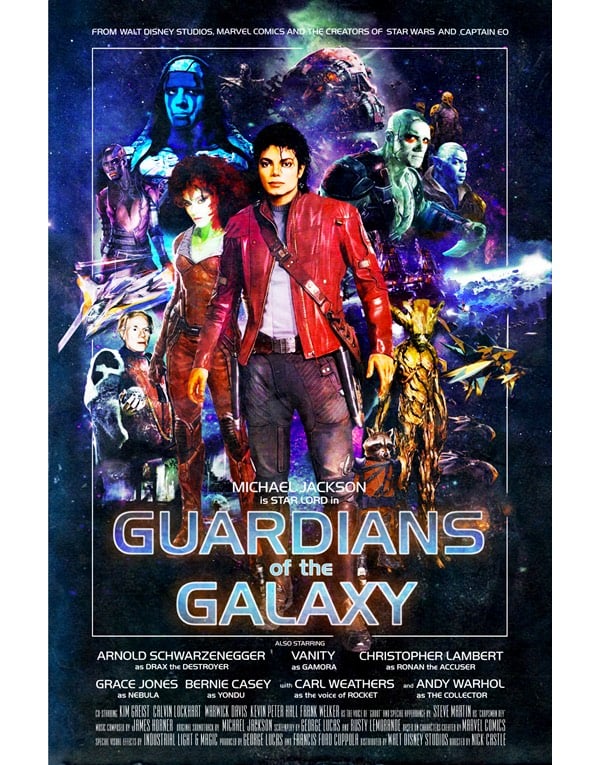

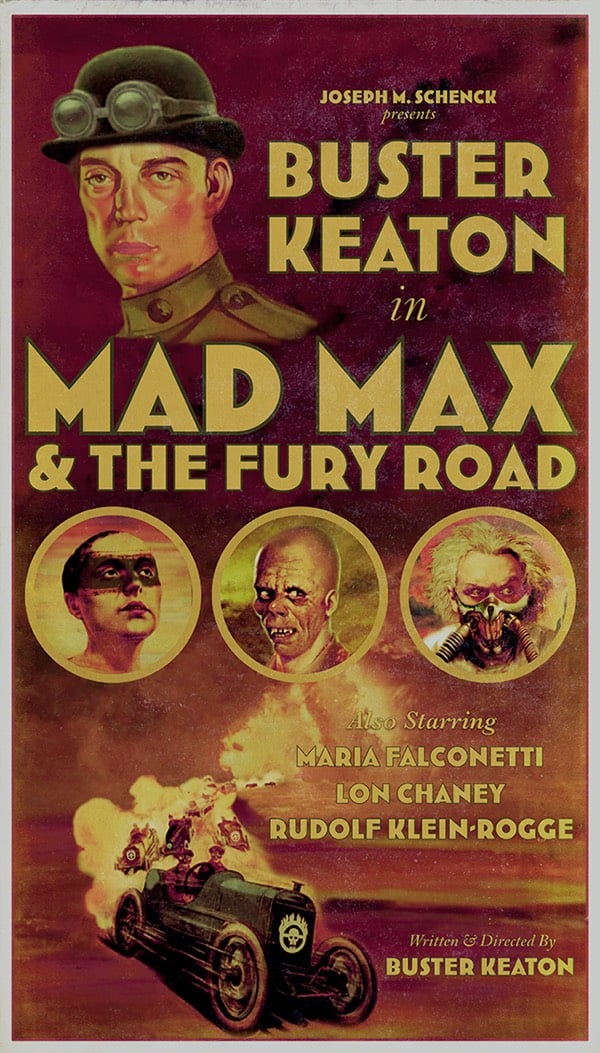
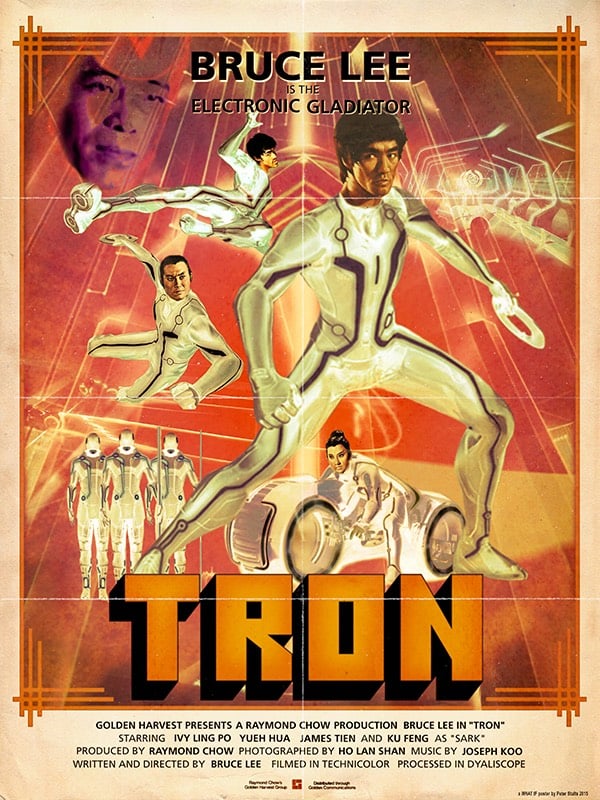

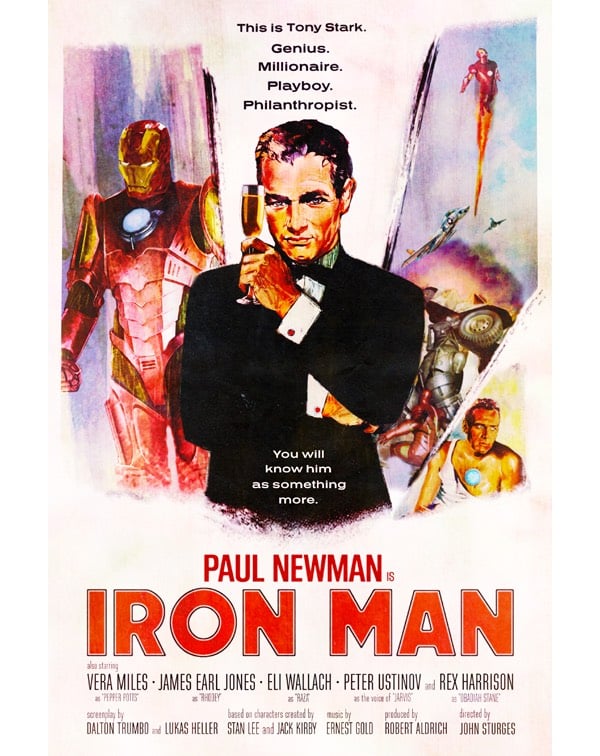
Some of these are ridiculously spot-on, revealing Hollywood’s casting tropes and near-impressions some actors make of older actors’ careers (intentional or not). And that Mad Max / Buster Keaton thing works really really well actually.
I featured Stults’ first series of these several years ago…I’m glad he’s continued making them.
For the latest installment of Every Frame a Painting, Tony Zhou and Taylor Ramos examine the artistry and thought silent film master Buster Keaton put into the physical comedy in his movies. I used to watch all sorts of old movies with my dad (Chaplin, Keaton, Laurel & Hardy) and had forgotten how good Keaton was. If you’re anything like me in wanting to head down a Keaton rabbit hole, they recommend starting with the first short film he directed and released, One Week.
See also Studs Terkel’s 1960 interview with Keaton, a video showing Keaton’s use of symmetry and center framing (Wes Anderson, Kubrick), Every Frame a Painting episode on Jackie Chan, and The Ultimate Buster Keaton Collection, a 14-disc Blu-ray box set.
Turns out, if you take Junkie XL’s soundtrack to Mad Max: Fury Road and pair it with a train chase scene from Buster Keaton’s silent film masterpiece The General, it works pretty well.
Stay Connected